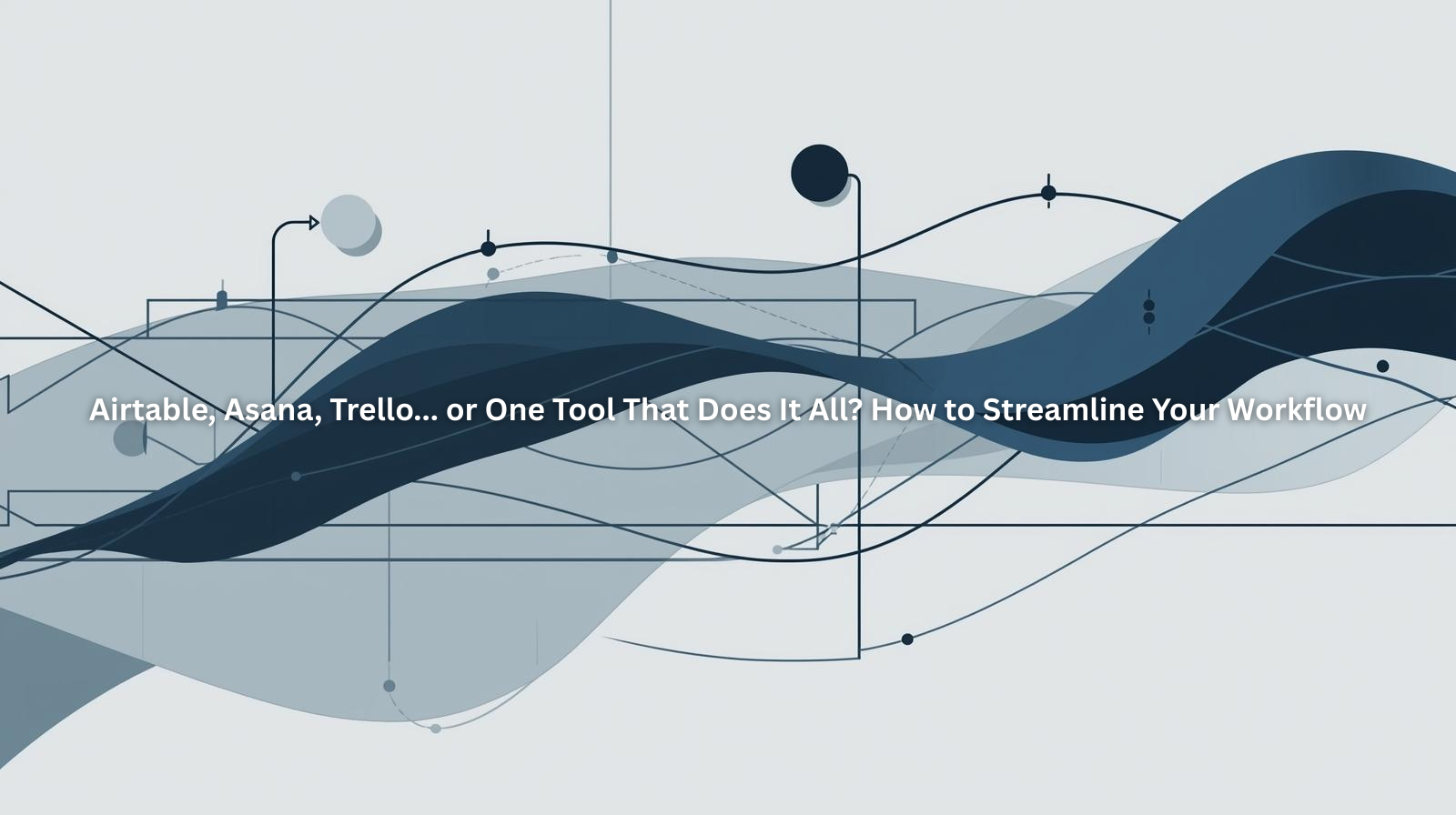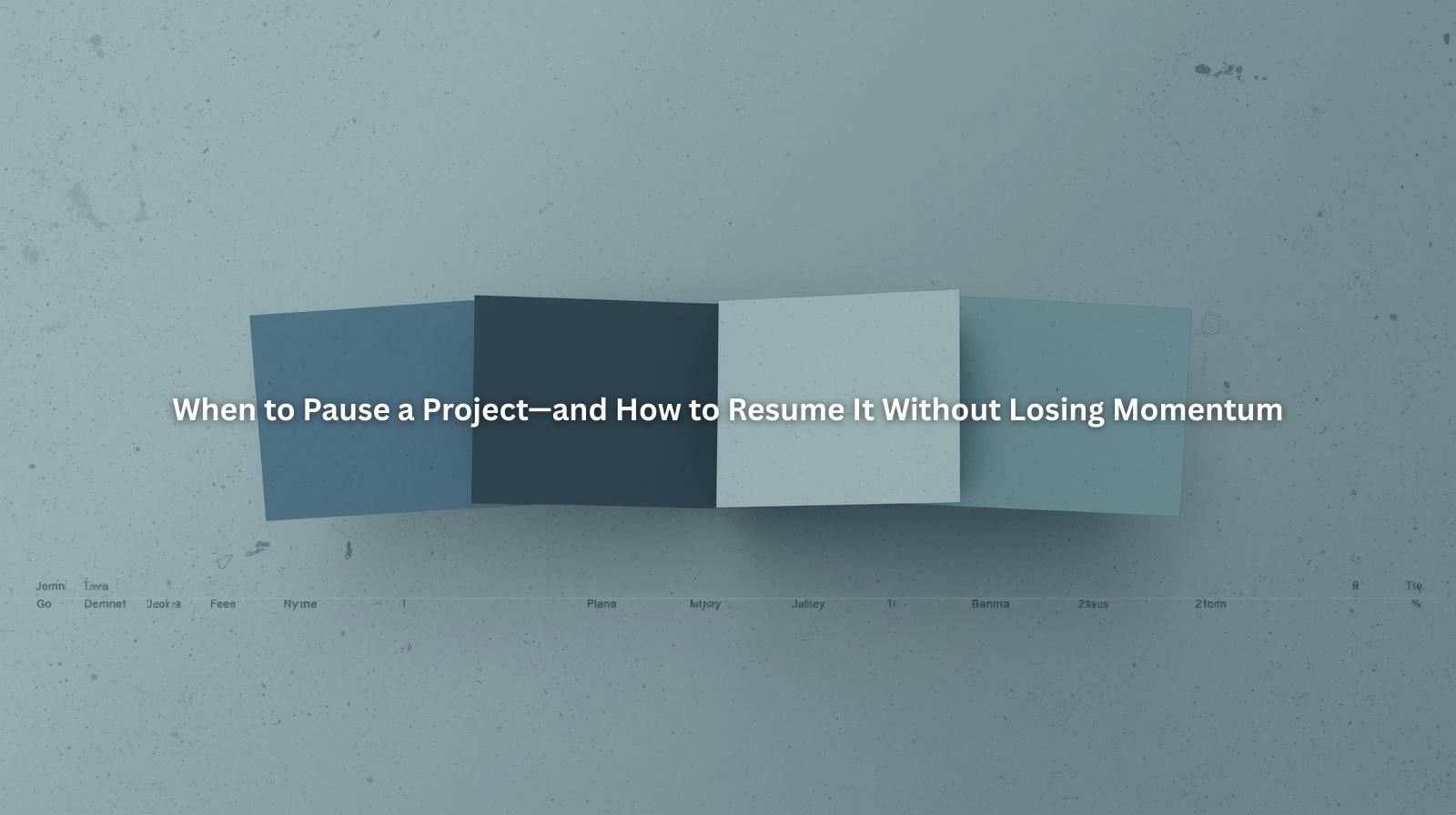How to Create a “Project Buffer” That Saves You from Burnout

Table of Contents
- What Is a Project Buffer (and Why You Definitely Need One)
- Why Freelancers Are So Prone to “Edge-of-Burnout” Scheduling
- What Happens When There’s No Buffer
- How to Build a Project Buffer into Your Workflow (Without Looking Unreliable)
- What to Say to Clients About Your Timelines
- How ProjectBook.co Helps You Build in Breathing Room
- FAQ: Project Buffers and Protecting Your Time
1. What Is a Project Buffer (and Why You Definitely Need One)
Let’s start here: a project buffer is not about laziness, slowness, or slacking. It’s a sign of a thoughtful, reliable, and professional business owner.
A project buffer is the built-in breathing room you add to your schedule so that unexpected things—illness, revision delays, inspiration dips, tech issues—don’t completely derail your ability to deliver great work.
Think of it as margin. A bit of extra space around your deadlines. A layer of protection between you and the dreaded “I’m behind and now I’m panicking” spiral.
When you add buffer time into your timeline, you’re not falling behind—you’re actually creating space to stay ahead.
2. Why Freelancers Are So Prone to “Edge-of-Burnout” Scheduling
When you work for yourself, you want to be efficient. You want to please clients, book more work, and make good on your promises. So it’s easy to start stacking your schedule tightly:
- Monday: design a website
- Tuesday: client call + revisions
- Wednesday: write a full blog post
- Thursday: deliver final edits
- Friday: crash and burn
It’s not always that dramatic, but you get the idea. We build our timelines based on ideal conditions—no delays, no hiccups, and unlimited energy.
The problem? Ideal conditions are rare. And when you don’t give yourself any wiggle room, every little delay becomes a domino effect—and every moment of rest feels like a risk.
3. What Happens When There’s No Buffer
When there’s no buffer, even small surprises become stress.
A client delays feedback by two days? You’re suddenly working late.
You get a cold? You’re answering emails from bed.
A task takes longer than you thought? Now you’re behind on everything.
Worse, a tightly packed schedule erodes the quality of your work. You don’t have time to revisit, refine, or reflect. And you can’t show up as the best version of yourself when you’re operating at full capacity all the time.
This is how burnout sneaks in—not as a dramatic collapse, but as a slow erosion of joy, energy, and focus.
And it’s totally preventable.
4. How to Build a Project Buffer into Your Workflow (Without Looking Unreliable)
You don’t have to reinvent your calendar. You just need to make a few key shifts in how you plan projects.
Pad every delivery deadline
If you think something will take you five business days, schedule it for seven. Give yourself two extra days—and if you finish early, you look like a hero. If something goes wrong, you have space to recover.
Build a no-booking buffer between major projects
Don’t start a new big project the day after you finish another. Leave a 1–2 day margin between projects to handle loose ends, regroup, or rest.
Create internal vs. external deadlines
Your internal deadline is your real finish line. The external deadline is what the client sees. Deliverables due Friday? Aim to finish Wednesday. That’s your insurance policy.
Block off “buffer hours” every week
Even if you’re not sure where delays will happen, assume they’ll happen somewhere. Protect one or two hours per week to catch up, adjust, or do nothing at all.
Buffer time is a boundary. And boundaries are what make freelance life sustainable.
.png)
5. What to Say to Clients About Your Timelines
Worried clients will think your longer timelines make you slow or less committed? You can frame your buffer as a feature—not a flaw.
Try something like this:
“To make sure the project moves smoothly, I build in a little buffer for revisions and feedback. That way, we stay on track even if something shifts.”
Or:
“Based on past projects, I’ve found that this timeline gives us both breathing room while still keeping momentum.”
You don’t have to justify your buffer in detail. Just lead with confidence and position it as a sign that you’re thinking ahead—not scrambling later.
And again—if you finish early, you look ultra-prepared and responsive.
6. How ProjectBook.co Helps You Build in Breathing Room
ProjectBook is designed for freelancers who want structure—without rigidity. And that includes the kind of smart, human planning that makes room for real life.
With ProjectBook, you can:
- Plan project phases with realistic delivery timelines
- Tag tasks with “internal” vs. “external” deadlines
- Create reusable templates with buffer time already built in
- View your entire workload across clients, so you don’t overbook yourself
- Adjust timelines with one click if something shifts
Instead of panicking when life happens, you just adjust—and keep going. Because your system was built with margin in mind.
7. FAQ: Project Buffers and Protecting Your Time
How much buffer time should I build in?
A good starting point is 15–25% of your estimated time. So if you think something will take 4 days, schedule 5.5. Over time, you’ll learn your ideal rhythm.
What if I never end up needing my buffer?
That’s a win! Use the space to reflect, prep for your next project, or rest. And remember—finishing early never hurts your client relationship.
What if a client pushes for faster delivery?
If you have room and feel confident, go for it. But protect your boundaries. “I build in a small buffer to ensure quality” is a reasonable, professional response.
Does ProjectBook help with buffer time specifically?
Yes! You can pad task timelines, build buffer days into templates, and stagger overlapping projects using our visual timeline view.
Final Word
You don’t need to work at the edge of your capacity to be successful.
You don’t need to say yes to every deadline that barely fits.
You don’t need to run your business like a just-in-time machine.
You need space.
Space to revise.
Space to breathe.
Space to be human.
That’s what a project buffer gives you. And it’s not just about you—it’s about giving your clients your best work, without the panic behind the scenes.
With ProjectBook.co, creating that breathing room becomes part of your system—not just wishful thinking. Plan smarter, build margin, and stop sprinting through every week like it’s your last.
You’re not behind. You’re building a better rhythm.


